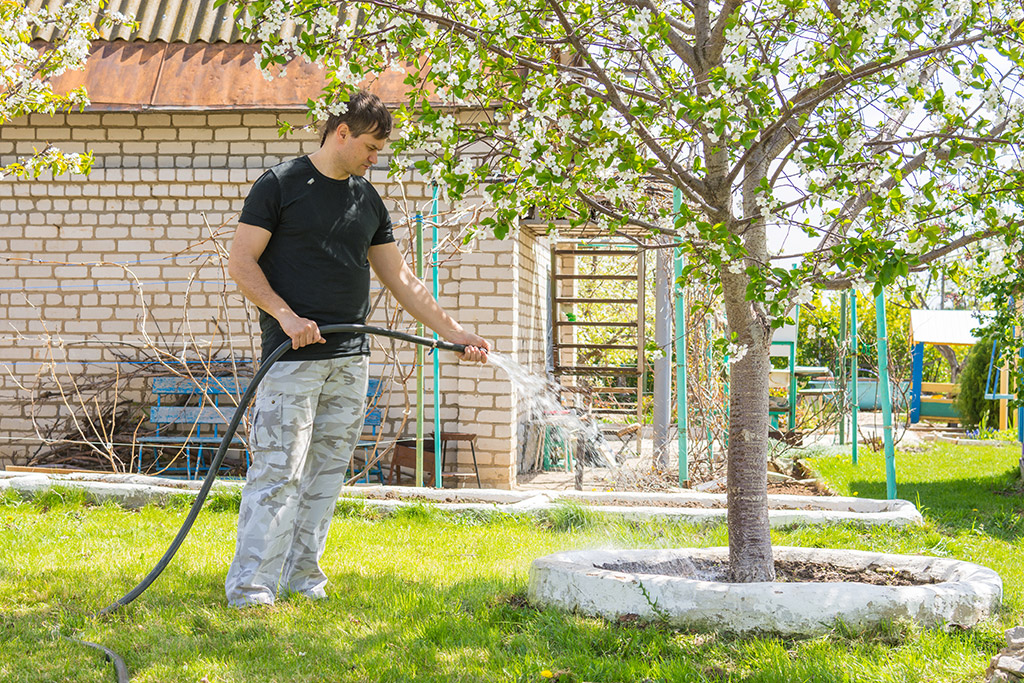
Introduction: The Importance of Comprehensive Tree Maintenance
Tree maintenance is a vital aspect of arboriculture, encompassing a range of practices that promote the health, aesthetics, and longevity of trees. In this article, we delve into the significance of comprehensive tree maintenance, exploring key practices and insights for arborists and tree enthusiasts.
Health Assessment: An In-Depth Look at Tree Well-Being
The foundation of effective tree maintenance lies in a thorough health assessment. Arborists examine various factors, including foliage condition, bark health, and signs of diseases or pests. This comprehensive evaluation informs the tailored care required to address specific issues and ensure the overall well-being of the tree.
Pruning Techniques: Shaping for Strength and Beauty
Pruning is a cornerstone of tree maintenance, serving both functional and aesthetic purposes. Proper pruning involves the strategic removal of dead or diseased branches, shaping the tree for strength, form, and visual appeal. Understanding the natural growth patterns is essential for implementing pruning techniques that enhance the tree’s structure.
Watering Strategies: Nourishing Trees for Optimal Growth
Effective watering is crucial for tree health, especially in urban environments. Tree maintenance includes assessing soil moisture levels, establishing watering routines, and addressing specific water needs based on tree species. Proper watering strategies ensure that trees receive the essential hydration for optimal growth and resilience.
Mulching Benefits: Supporting Soil Health and Tree Roots
Mulching is an often overlooked but valuable component of tree maintenance. Mulch helps retain soil moisture, regulates soil temperature, and suppresses weeds. Additionally, as mulch breaks down, it enriches the soil with nutrients, creating a supportive environment for tree roots. Mulching is a simple yet impactful practice for overall tree health.
Soil Aeration: Enhancing Root Functionality
Soil compaction can impede root functionality, limiting the tree’s access to essential nutrients and oxygen. Tree maintenance includes soil aeration, a process that involves perforating the soil to improve air and water circulation. Enhanced root functionality contributes to the tree’s vigor and longevity.
Pest and Disease Management: Vigilance for Arboricultural Health
Proactive pest and disease management are integral to tree maintenance. Regular inspections for signs of infestation or infection allow for early intervention. Arborists employ integrated pest management strategies, combining biological controls and cultural practices to maintain a healthy balance within the tree’s ecosystem.
Support Systems: Bolstering Trees in Adverse Conditions
Trees may require additional support, especially in adverse weather conditions. Tree maintenance involves installing support systems such as stakes or braces to help young or weakened trees withstand strong winds or heavy snow. Proper support minimizes the risk of structural damage and ensures the tree’s resilience.
Fertilization Practices: Providing Nutrient Support
Fertilization is a targeted aspect of tree maintenance aimed at providing essential nutrients. Soil analysis guides the application of appropriate fertilizers to address specific deficiencies. Strategic fertilization practices contribute to robust tree growth, particularly in urban or nutrient-deprived environments.
Seasonal Considerations: Adapting Care Throughout the Year
Tree maintenance adapts to seasonal changes, with specific considerations for each time of the year. Adjusting pruning schedules, monitoring watering needs, and addressing potential winter damage are essential elements. Tailoring care to seasonal variations ensures that trees receive the right attention at the right times.
Conclusion: Nurturing Trees for a Sustainable Future
In conclusion, comprehensive tree maintenance is a commitment to the well-being of individual trees and the broader environment. From health assessments to seasonal considerations, each aspect plays a vital role in promoting healthy arboriculture. By understanding and implementing these practices, arborists and tree enthusiasts contribute to a sustainable and thriving tree landscape.
For more information on tree maintenance, visit Tree Maintenance.


